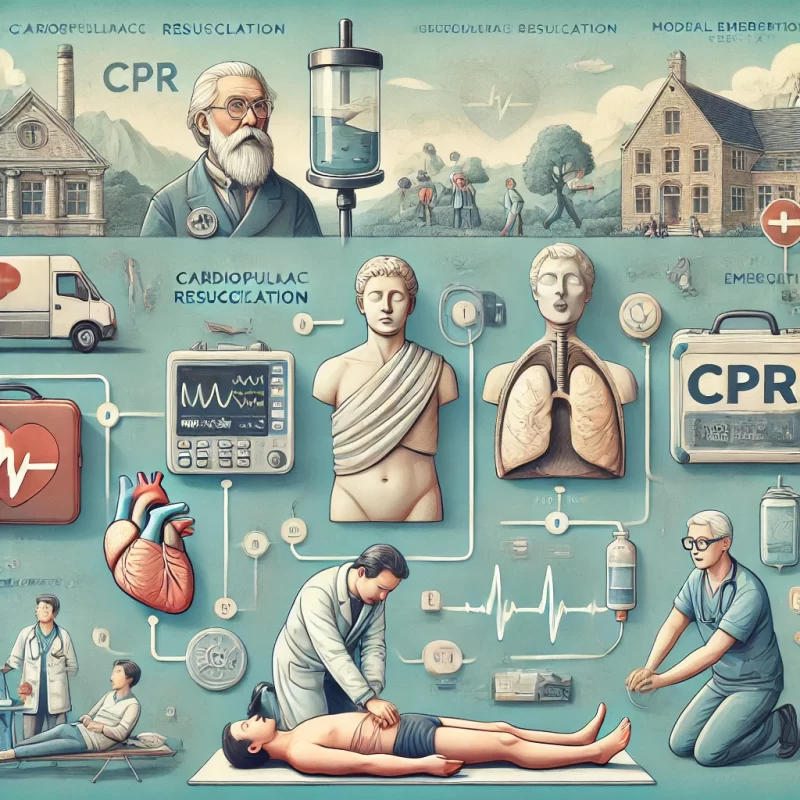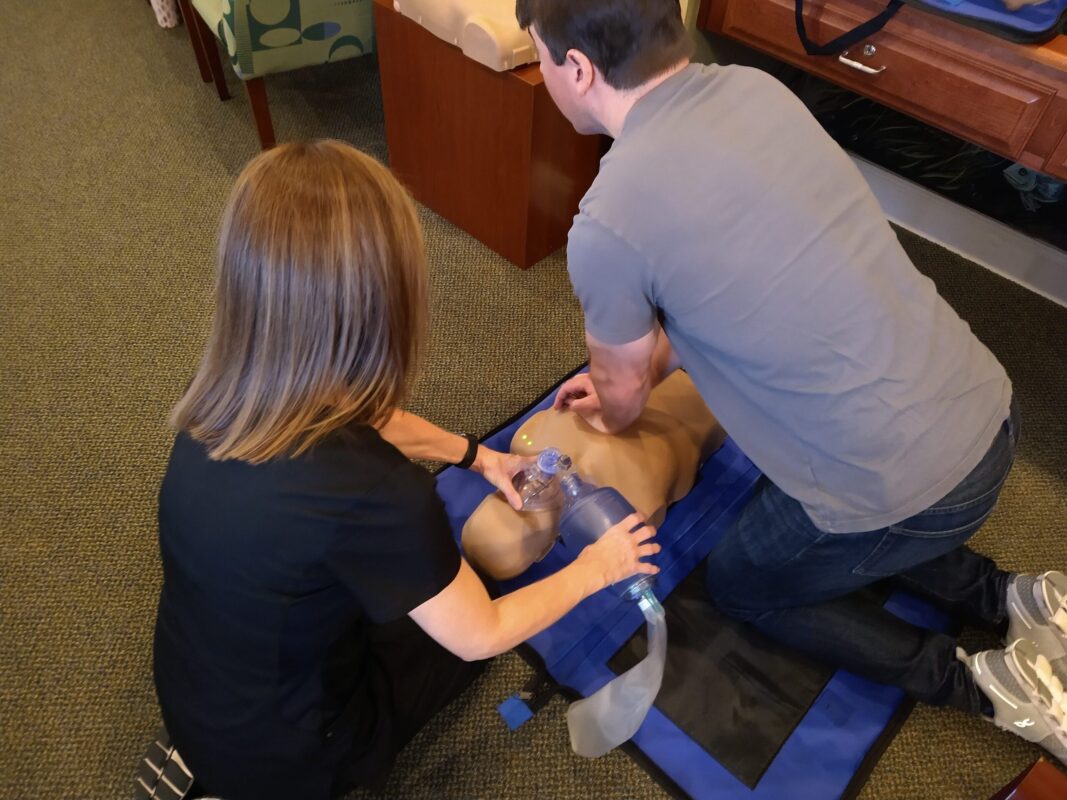 CPR Class Aiken,SC.Being sedentary is not just a lack of exercise, it is a potentially independent risk factor for heart disease and stroke, according to a science advisory from the American Heart Association.
CPR Class Aiken,SC.Being sedentary is not just a lack of exercise, it is a potentially independent risk factor for heart disease and stroke, according to a science advisory from the American Heart Association.
“Regardless of how much physical activity someone gets, prolonged sedentary time could negatively impact the health of your heart and blood vessels,” said Deborah Rohm Young, Ph.D., director of behavioral research at Kaiser Permanente Southern California in Pasadena and chair of the new scientific statement published in the American Heart Association journalCirculation.
According to the statement, sedentary behavior may be associated with an increased risk of developing diabetes, cardiovascular disease, impaired insulin sensitivity (linked to diabetes) and an overall higher risk of death from any cause.
“There are many important factors we don’t understand about sedentary time yet. The types of studies available identify trends but don’t prove cause and effect,” said Young. “We don’t have information about how much sedentary behavior is bad for health—the best advice at this time is to ‘sit less and move more.’”CPR Class Augusta,GA.
The authors also recommend that Americans strive for 30 minutes or so of moderate to vigorous physical activity per day to achieve the American Heart Association’s weeklyrecommendation of 150 minutes of moderate exercise or 75 minutes of vigorous exercise. Instead of lumping all the exercise into one or two days, the goal is to encourage more consistent activity, Young said.
However, the authors found that moderate to vigorous physical activity does not cancel out the impact of sedentary time. Even physically active people who spend a lot of their time being sedentary appear to have increased risk.
Sedentary behaviors include sitting, reclining, or laying down while awake as well as reading, watching television or working on the computer. These “inactive activities” mean energy expenditure is less than or equal to 1.5 metabolic equivalents, or METs.
Light housework or slow, leisurely walking uses about 2.5 METs, moderate to vigorous physical activity usually requires 3.0 or more METs.
“Based on existing evidence, we found that U.S. adults are sedentary for about six to eight hours a day,” Young said. “Adults 60 years and older spend between 8.5 – 9.6 hours a day in sedentary time.”
Another issue, according to Young, is that it’s not clear whether people should replace prolonged sedentary behavior with simple movement or moderate to vigorous physical activity.
“There’s a lot of research that we need to do,” Young said. “This statement is important because it starts the ball rolling and suggests sedentary behavior may play an important role in heart health and more. But, it’s too early to make conclusive recommendations other than to encourage Americans to ‘sit less, move more.’”
Co-authors are Marie-France Hivert, M.D., M.M.Sc.; Sofiya Alhassan, Ph.D.; Sarah M. Camhi, Ph.D.; Jane F. Ferguson, Ph.D.; Peter T. Katzmarzyk, Ph.D.; Cora E. Lewis, M.D., M.S.P.H.; Neville Owen, Ph.D.; Cynthia K. Perry, Ph.D., F.N.P.; Juned Siddique, Dr.P.H.; and Celina M. Yong, M.D., M.B.A., M.Sc. Author disclosures are on the manuscript.



